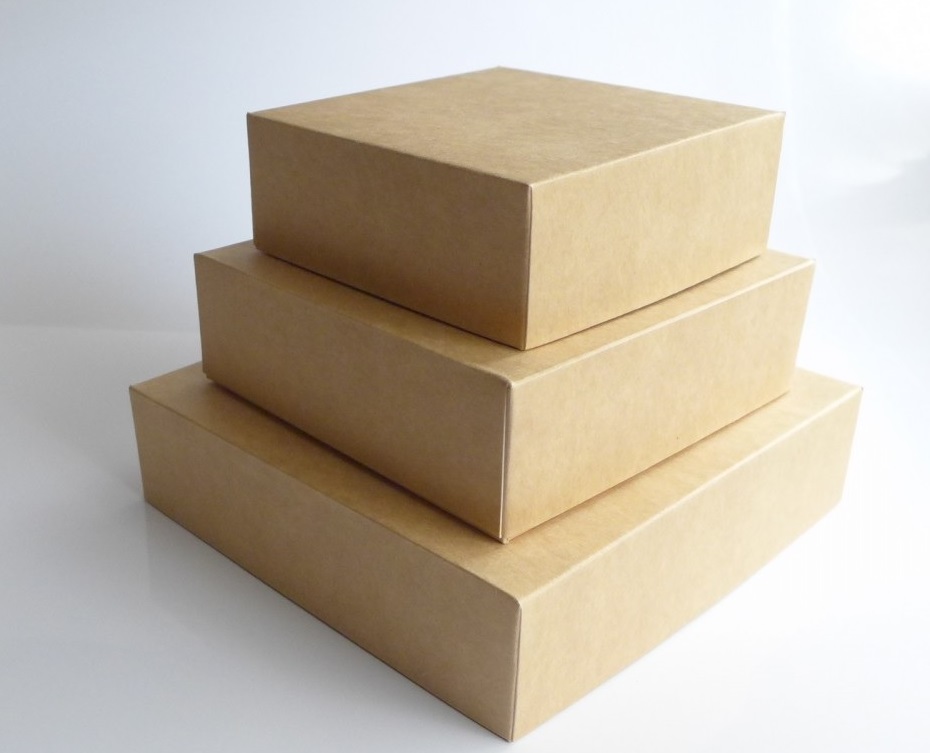
Product packaging design is one of the most important aspects of designing and producing any product, especially if that product is meant to be sold in large quantities. It has been found that consumers tend to buy products from stores that have a pleasant and inviting appearance. A simple change in the way the product looks can have a dramatic effect on how well it sells. To help you come up with the ideal product packaging design, here are some tips:
It’s also vital that you keep things simple. Designing a product in a manner that will require little or no alteration is far better than one that requires major changes. If your product is not intended to be used daily, for example, there’s no point in spending money on complex packing designs. Instead, stick to plain-looking packaging to avoid overshadowing the product itself.
Another thing to take note of is the dimensions of your product. This applies whether or not you will be releasing a product as a product built-to-order or as a consumer-based product that can be bought online. You may think it weird to ask people to give you their eyesight measurement, but it is a fact that packaging design plays an important role in making sure that your product looks appealing. Smaller objects need to be packaged in a smaller space, while larger ones need to be packaged more elaborately.
It’s not enough to think big when it comes to product packaging. Make sure you don’t get carried away by that thought, either. Think of the purpose behind your product and think of how best to serve that purpose. The classic example is that of an anti-virus program. A product designed to detect viruses would not look all that attractive if its casing was fashioned in such a way that it looked like a coffee machine! Instead, stick to providing a clear case that is functional and aesthetically pleasing, and leave off the unnecessary details.
Make sure your packing provides sufficient information for people to know about your product. This doesn’t mean cramming every last bit of information you can into the box, though. You should provide simple, easy-to-read notices like the name of the item, its measurements and other such facts. More often than not, consumers can tell a good deal from a box, so try to limit unnecessary details to the most essential.
In the end, remember that the product’s packaging design is a secondary result of the product itself. So, don’t overspend on the aesthetics. Instead, spend your money more productively on the actual product itself. In the end, that will make for a better product, and a better experience for the customer.
